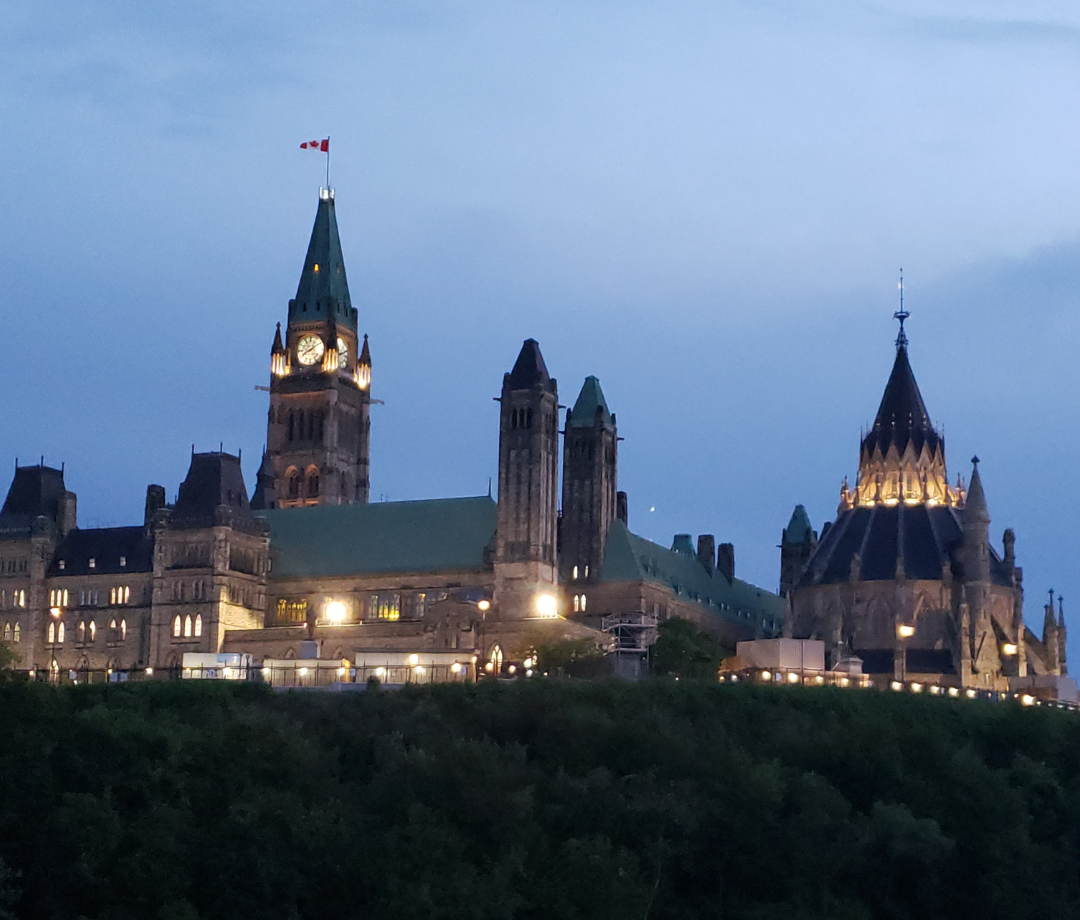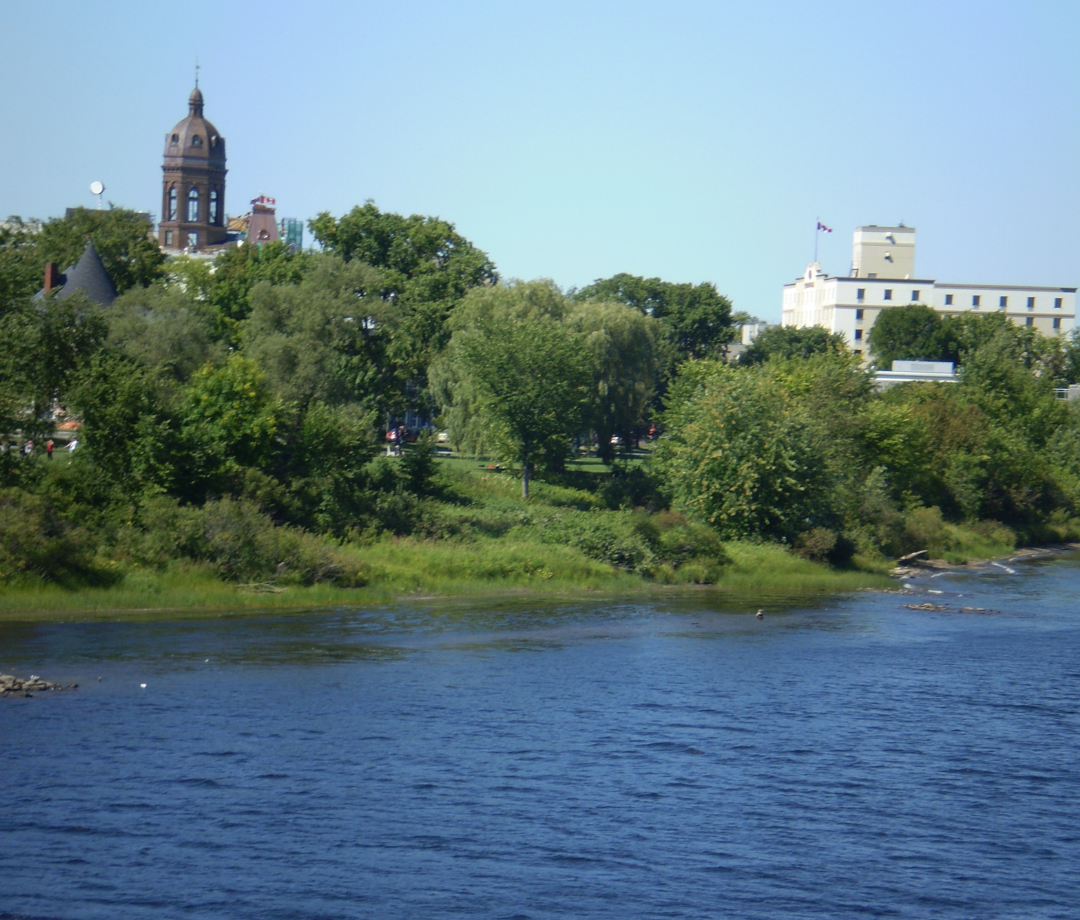What Is The Climate Like In Ottawa?
Ottawa’s climate, according to the Koppen Climate classification, is Dfb. This means that Ottawa has a continental climate, with minimal variation in precipitation throughout the year and a warm summer.
The (D) in Dfb refers to Ottawa having a continental climate. A continental climate has at least one month where the average temperature is above 10 °C (50°F), and at least one month with an average temperature below 0 °C (32°F). This type of climate is known for having four distinct seasons and some of the most severe storms in the world. This includes a large number of thunderstorms and even tornadoes. Continental climates and temperate ones are the ones where leaves are most prone to changing colours in the fall. Ottawa is also in Canada’s tornado alley, and thus is prone to some pretty strong winds. There are four other types of climate. The first is a tropical climate (A), which is known for having temperatures above 18 °C (64°F). The next is dry (B), which is known for its low precipitation. The third is temperate (C), which has at least one month with an average temperature above 10 °C (50 °F), at least one month with an average temperature below 18 °C (64 °F), but no month with an average temperature below freezing. The final is Polar (F), which has no month with an average temperature of above 10 °C (50 °F).
The (f) means that there is no major difference in the amount of precipitation between summer and winter. It should be noted that in this scale, summer refers to the months of April – September, and winter refers to the months of October – March. If winter had less precipitation by a significant amount, the (f) would be replaced with a (w), and if summer had very little precipitation, the (f) would be replaced with an (s).
The (b) refers to having a warm summer. Places with this classification do not have any month with an average temperature above 22 °C (72°F), while also having at least four months with an average temperature above 10 °C (50 °F). The others are hot summer (a), cold summer (c), and very cold winter (d), each of which has different temperature requirements.
Other Canadian cities that have a Dfb climate include Montreal, Edmonton, Winnipeg, Halifax, and St. John’s.
What Is Everyday Weather Like In Ottawa?
Like most places that have a Dfb climate, Ottawa’s four seasons are very different. Although winter will tend to have more days of precipitation than summer, it won’t be by a significant enough margin in an average year to impact the weather categorization. There is also a relatively large difference between summer and winter temperatures, with both fall and spring acting as transitional periods, where the temperature gets warmer or cooler every month. Summer will also likely have several more sunny days than winter.
Regardless of the time of year, wind speed will generally average around 10 km/h, or slightly higher, with little season-to-season difference.
What Is Spring Like In Ottawa?
Spring in Ottawa starts quite cold, but gets warmer very fast. Highs in March will generally average somewhere between 0 °C (32°F) and 5 °C (41°F), with lows between -5 °C (23°F) and -10 °C (14°F). Each of these increases quickly, soaring in April by substantial amounts, and by May, highs generally hover around 20 °C (68 °F), with lows having reached 10 °C (50 °F). Cloud cover and humidity will start at around 70% each in March, and decrease gradually all season, eventually reaching 60% each by May. Each month will average out to a single-digit number of days of precipitation.
What Is Summer Like In Ottawa?
Throughout June, July and August, average temperatures will remain relatively stable, with highs being around 25 °C (77°F) and lows around 15 °C (59°F), with average humidity being around 70% for the entire month. Cloud cover will be around 60% in June, lowering to around 50% in both July and August. Each of these three months will average about 10 months of precipitation apiece.
What Is Fall Like In Ottawa?
Fall in Ottawa, like in many cities, is often the inverse of Spring, except the leaves will change colours. In September, highs will often average around 20 °C (68°F), and the lows will be around 10 °C (50°F), with each of these numbers dropping about 5 °C (9°F) in October, with highs hitting around 5 °C (41°F) and lows averaging around freezing by November. Like Spring, the number of days with precipitation in each month will hover around the high single-digits. Although humidity will average around 75%-80% all season, from September to November, cloud cover will increase from 50% to around 70%.
What Is Winter Like In Ottawa?
Winter in Ottawa tends to be relatively cold but stable. Highs will range from 0 °C (32°F) to -5 °C (23°F), and lows from -10 °C (14°F) to -15 °C (5°F). Cloud cover will range from 70%-80%, with humidity staying at around 80%. Days with precipitation will generally average around 5 per month.
Is Ottawa For Me?
If you like a place that’s pretty much the thing that someone would think about when they think of a continental climate: four distinct seasons, average temperatures with few extremes, a moderate amount of precipitation, Ottawa might be the place for you. Plenty of history in the city as well.



